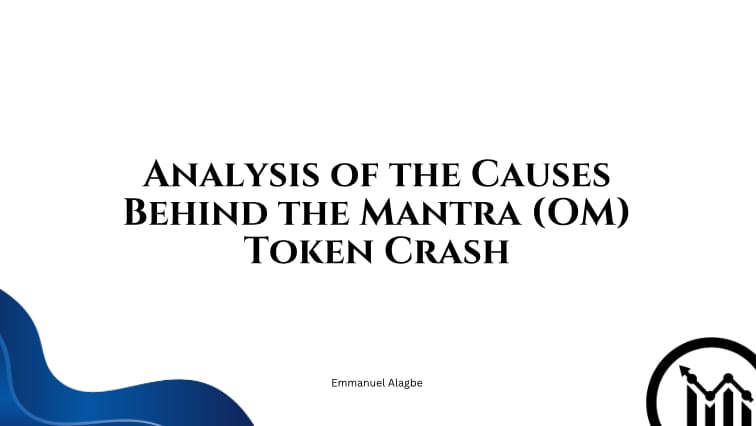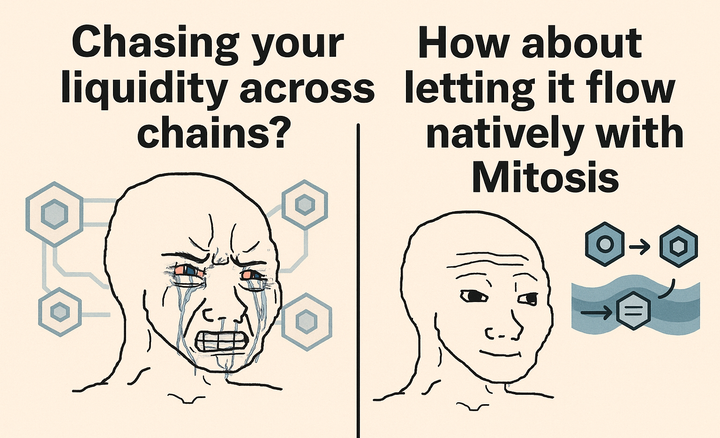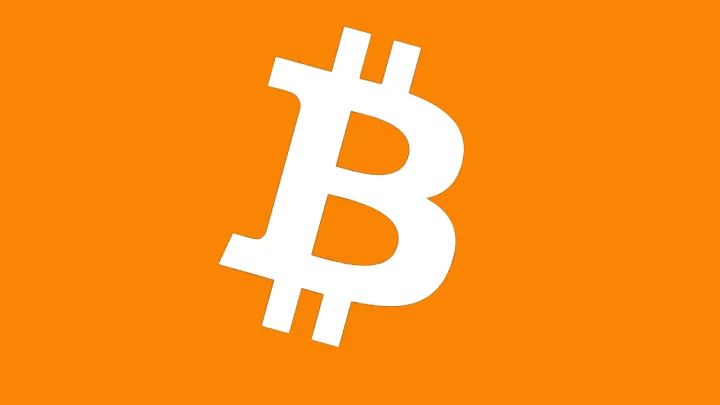Analysis of the Causes Behind the Mantra (OM) Token Crash

Introduction
Crypto is a wild ride, tokens soar, tokens burn, and every crash leaves scars with stories. The Mantra (OM) token just took a nosedive it literally rugged, obliterating a chunk of its value in what felt like a heartbeat. Their holders got blindsided, and now everyone’s pained and ranting on X and other socials about whether Mantra’s fundamentals were ever real or just smoke and mirrors.
So, what really happened? Was this just the market being its chaotic self, or did Mantra’s own choices dig its grave? Let’s tear this apart, tokenomics, market storms, and the deafening silence from the team, to figure out what went wrong and what it means for anyone still playing this high-stakes game.
Timeline of Major Developments
Before April 13
At the start of 2025, Mantra announced a landmark $1 billion partnership with Dubai-based real estate developer DAMAC, aimed at integrating blockchain infrastructure into real-world real estate investment (CoinDesk, Jan 2025). The project continued its forward momentum in February, becoming the first decentralized finance (DeFi) protocol to be granted a license by Dubai’s Virtual Assets Regulatory Authority (VARA) (The Block, Feb 2025). These milestones significantly boosted investor confidence, pushing OM’s price to an all-time high of nearly $9 by February 22, an over 300x increase from its 2024 lows (CoinGecko data).
April 13
OM experienced a rapid and severe price collapse, falling from approximately $6 to under $1 within hours. This unprecedented drop triggered panic across social media platforms and led several centralized exchanges to temporarily suspend OM trading. Online discussions were quickly flooded with speculations ranging from insider dumping to potential security breaches, intensifying the uncertainty surrounding the token’s crash (Twitter, April 13, Reddit, April 13).
April 14 and Aftermath
In an official statement released on April 14, the Mantra team attributed the crash to a combination of forced liquidations and thin liquidity on a centralized exchange, rather than insider activity or protocol issues. According to the team, cascading margin calls triggered a sell-off that overwhelmed the market, causing the rapid price decline (Mantra Official Statement, April 2025). While this explanation was accepted by some, others within the community and crypto media questioned whether there might be more beneath the surface, suggesting the potential involvement of undisclosed factors (CryptoSlate Analysis, April 2025).
Breaking Down the Fall: What Went Wrong with Mantra (OM)
Tokenomics: Hype Over Substance: Mantra sold itself as a DeFi and staking powerhouse, dangling juicy yields to pull in the crowd. But peel back the curtain, and the tokenomics were a ticking time bomb. They leaned hard into staking and farming rewards, flooding the market with OM tokens faster than demand could keep up. Vesting schedules for early investors? Misaligned and messy. When those locked tokens started hitting the market, it was like opening the floodgates during a drought, prices tanked under the weight of sell-offs.
Then there’s the leverage angle. Mantra’s partnerships and products puffed up demand artificially, creating a mirage of momentum. In a bull run, that’s a rocket booster. In a dip? It’s a death spiral. Big players saw the cracks, dumped their bags, and triggered a liquidation cascade that left small holders eating dust.
Market Chaos and Fading Hype: The broader market conditions certainly worked against Mantra. At the time of the crash, altcoins were experiencing widespread sell-offs, with liquidity disappearing quickly. Many investors, sensing increased risk, moved their capital into more stable assets like ETH or stablecoins. As a result, tokens like OM considered mid-tier in terms of market cap and visibility were left exposed, with fewer buyers to absorb the growing sell pressure.
Compounding this issue, OM suffered from a drop in Total Value Locked (TVL) across its staking ecosystem, as users began withdrawing funds en masse. According to DeFiLlama, Mantra’s TVL dropped by over 50% in less than a week. This exodus, likely fueled by fear of protocol instability, amplified the market's downward momentum.
Adding to the pressure, new innovations in the Ethereum ecosystem began to capture the community‘s attention. Restaking protocols like EigenLayer were generating a lot of buzz, attracting capital and developer interest. These emerging trends shifted investor focus away from projects like Mantra, which struggled to maintain relevance in this fast-evolving landscape.
In the world of crypto, attention is a form of currency. It drives liquidity, adoption, and confidence. When that attention moves elsewhere, projects can quickly fall behind. Mantra‘s inability to stay part of the dominant narrative left it isolated and vulnerable, one of the key reasons the crash hit as hard as it did.
Silence, Suspicion, and Governance Fumbles: When the ship is sinking, you need a captain who grabs the mic and rallies the crew. Mantra’s team? They mumbled half-baked updates and left holders grasping at straws. On-chain Scouts spotted big wallets dumping OM right before the crash, sparking whispers of insider moves or just plain sloppy risk management. Either way, it stinks.
Governance was another sore spot. Sketchy proposals about treasury funds and liquidity tweaks popped up at the worst possible time, making it look like the team was either clueless or scrambling to plug holes. Social media sentiment turned sharply negative, data from LunarCrush showed a spike in negative social mentions and engagement during the crash, reinforcing the panic cycle.
The Takeaway: Harsh Truths from a Crypto Bloodbath
The crash of the Mantra (OM) token wasn’t caused by a single event, it was the result of compounded issues: inflationary tokenomics, macro market headwinds, and a lack of strong, transparent communication. Each factor may have been manageable on its own, but together, they formed a perfect storm.
For investors, this serves as a stark reminder to look beyond flashy APYs and evaluate the long-term sustainability of any token’s economic model. For builders, the lesson is equally clear: prioritize responsible token design, build contingency plans for volatile markets, and never underestimate the power of clear, timely communication.
In a space driven by momentum and trust, losing either can lead to a swift and brutal collapse. Mantra’s crash is a cautionary tale, and one that the crypto community should not ignore and learn a lesson from.



Comments ()